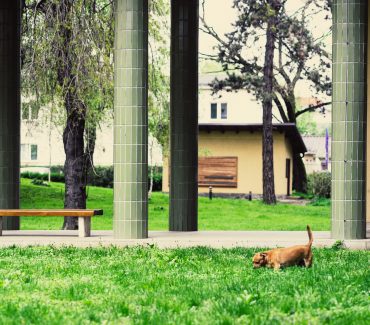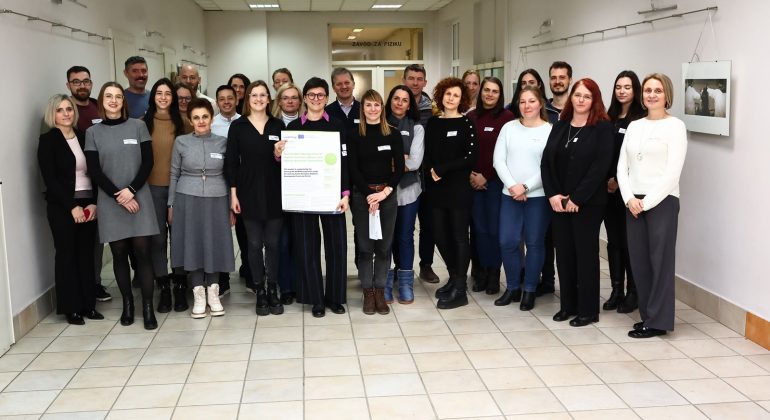
In mid-January, a roundtable discussion entitled “Monitoring and conservation of sentinel species – bottlenose dolphins and sea turtles in the Adriatic Sea” was held at the Faculty of Veterinary Medicine, University of Zagreb, as part of the activities of the INTERREG project SAMESEA – “Sustainable management of marine sentinel species under cumulative human activities”.
The organization of the roundtable, to which key stakeholders in the management of monitoring of marine sentinel species (bottlenose dolphins, loggerhead turtles and Mediterranean monk seals) were invited, marked the beginning of the project activities. The organizational and project team from the Faculty of Veterinary Medicine is pleased that all umbrella and other institutions dealing with the management and protection of the sea and marine animals (marine mammals and turtles); ministries, public institutions, national parks and non-governmental organizations responded to the invitation to the discussion. Roundtables on the same topic were held in all partner countries in the project, namely Italy, Slovenia, Bosnia and Herzegovina, Montenegro, Albania and Greece.
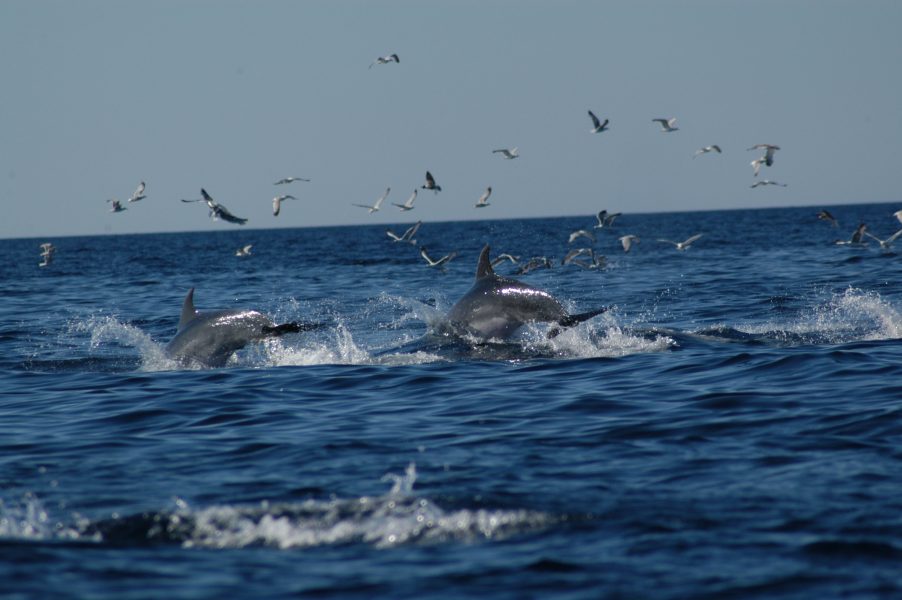
The goal of the SAMESEA project is to improve the monitoring of the mentioned species in the Adriatic and Ionian seas, in all countries that access the mentioned seas. The project will discuss and determine ways of monitoring sentinel species in the partner countries of the project, especially in areas with cumulative human activity. Monitoring of sentinel species is important, because it indicates trends in their populations, and negative trends and threats in a certain ecosystem can be recognized through monitoring. At the end of the project, a transnational strategy will be created on how to monitor sentinel species in the Adriatic and Ionian seas and how to react to negative factors and warning trends.

The fruitful discussion at the roundtable brought out several important conclusions.
- Croatia has sufficient legal regulations for monitoring and conservation of sentinel species; however, they are not fully effective due to incomplete implementation. This is primarily caused by factors such as insufficient financial resources and a lack of professional staff.
- Databases on human activities (e.g. maritime traffic, aquaculture and exploitation of marine resources) and prey availability (e.g. fish stock trends and annual catches of fish and other marine organisms) are available for the Croatian part of the Adriatic Sea.
- To monitor the population size and trends, abundance, spatio-temporal distribution, size and composition of sentinel species groups at the level of the entire Adriatic Sea, it is essential to conduct regular aerial surveys (annually, every two years or on a similar schedule). However, only aerial surveys covering the entire Adriatic Sea can be considered fully effective, since all sentinel species (marine mammals and turtles) are highly migratory. Given the high costs of aerial surveys, national and international funding and transnational cooperation should be considered.
- Vessel surveys are considered the most effective method for monitoring the habitat, spatio-temporal distribution, group size and composition, behaviour and interactions of sentinel species and humans, but in smaller areas of the Adriatic Sea, especially those with cumulative human activities. In order to obtain reliable and comprehensive data for objective conclusions, it is necessary to increase the number of regional studies, develop standardised study protocols and conduct thorough data analysis.
- Post-mortem examinations should be routinely carried out on every sentinel species carcass found in the Croatian part of the Adriatic Sea. These examinations are essential for determining the disease and cause of death in these species, along with collecting data on mortality, age- and sex-related causes of death and environmental pollutant loads.
- The protocol for reporting and handling the discovery of dead, sick or injured strictly protected marine animals should be updated and include additional responsible entities in order to follow the One Health concept. The Directorate for Veterinary Medicine and Food Safety of the Ministry of Agriculture is proposed as a new stakeholder. Furthermore, full implementation of the Protocol in the future is uncertain if funding and effort to inspect carcasses of sentinel species remain at current levels.
- New technologies and methods for monitoring sentinel species and reducing bycatch should be explored, including aerial and underwater drones, with careful consideration of their advantages, disadvantages and cost-effectiveness.
More information on the SAMESEA project can be found at: https://www.vef.unizg.hr/novosti/veterinarski-fakultet-partner-na-interreg-ipa-adrion-projektu/
INTERREG IPA Adrion program: https://www.interreg-ipa-adrion.eu/
dr. sc. Lada Radin, voditeljica Ureda za EU projekte i transfer tehnologije

 Faculty of
Faculty of 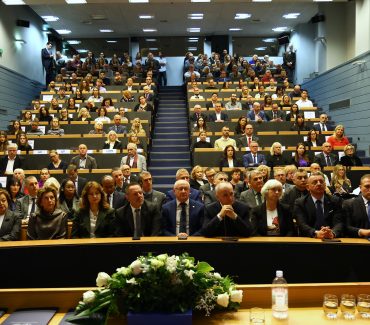
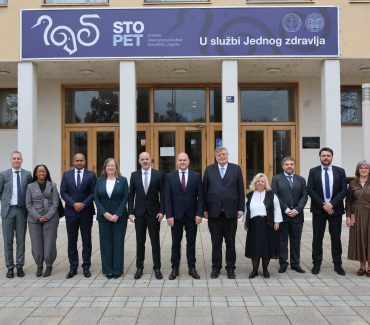
![[NEW] Enrollment to Veterinary Studies in English academic year 2026/2027 [NEW] Enrollment to Veterinary Studies in English academic year 2026/2027](https://www.vef.unizg.hr/wp-content/uploads/2018/07/DSC_1203-370x325.jpg)

